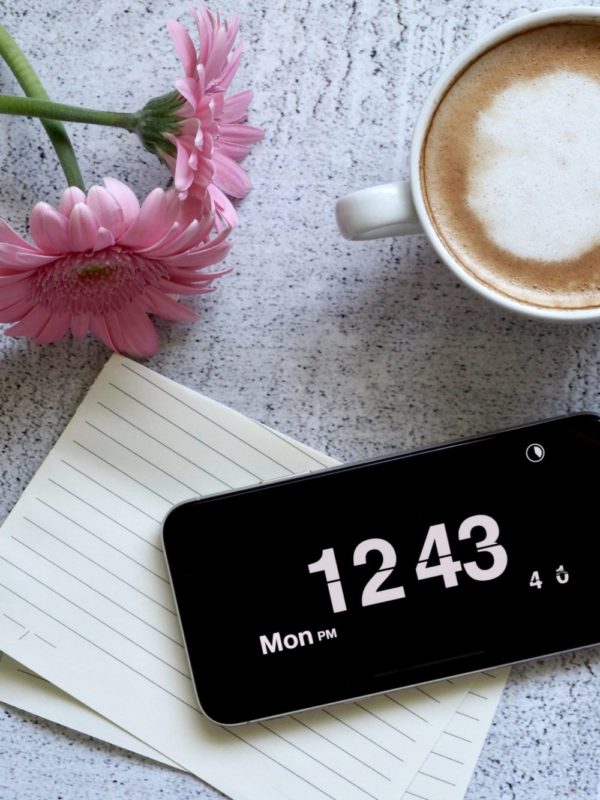
Creating Independence in an ESL Classroom
We all love independence! Independence is weaved throughout our lives and with us everyday. How do you bring independence into your ESL classroom? In my first year of teaching that was one of my biggest struggle. I was literally running all over the place! All I heard during class was “Teacher!” After my first year , I vowed to search for the secret. I knew it had to be a complicated formula. What was the secret? The answer is so simple. Routines and consistency is they key to bringing independence in your classroom. Here are some tips that you can use in your classroom.
Establish Expectations
The first step in creating independence in your classroom is to create your expectations. This is your nonnegotiable. Once you brainstorm your expectations, introduce them to your class. When introducing your expectations consider doing it as a mini-lesson. Start off with your vision of how you want you their independent work time to look, feel, and sound like in the classroom. In this lesson let the students practice the expectations. This a great lesson that can be done with newcomers. For example, I review with the students an anchor chart that lists our expectations. One of the expectations is that if I am working with another group or student I am not be disturbed. Most students are like what if I need help! I then go on to explain they can ask three before they ask me. I also review our procedures for the “Parking Lot”. The Parking Lot let’s the students put a name on the a sticky note. When I am done working with a student I will come to them next.
Create Routines that Foster Independence
There is so important for EVERY classroom. Create routines for coming in the door, sharpening a pencil, going to the bathroom, etc. This is crucial because you will not be putting out so many fires doing the independent work time. The “Can I sharpen my pencil?” rate has reduced in my classroom by 99%! How? I don’t own a pencil sharpener that the students are aware of in my class. I have pre-sharpened pencils in our class. When a student needs a pencil they either switch it out, borrow from a friend, or sharpen it before they get to our class. How is this important to independent work time? If these routines are established, students are not leaning on you to know when they can do these routines. They know not to interrupt you to ask for a pencil or go to the bathroom. This means more time focusing on the true needs of the students.

Practice the Routines and Expectations
During the beginning of the school year take time to practice the routines and procedures with your students. After practicing the routines, discuss with the class how it looks and sounds like. Make sure that you set clear expectations with your students. Also, be consistent with the routines. Taking time to practice will help clear up any misconceptions.
What are some routines and procedures that you have with your ELLs? Post in the comments below.




